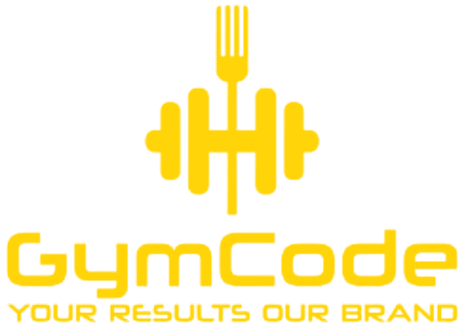While juicing has long been praised as a simple method for maintaining health and fitness, offering a convenient way to consume a variety of fruits and vegetables. However, it also comes with its own set of drawbacks. While juicing provides numerous benefits, it’s essential to acknowledge its potential downsides to make an informed decision about incorporating it into your diet.
Advantages of Juicing
Nutrient Concentration
1. Concentrated Nutrients: Juicing allows you to consume a larger quantity of fruits and vegetables in a single serving. This concentration makes it easier to meet daily nutrient requirements.
2. Efficient Absorption: The liquid form of juice facilitates simpler and more efficient absorption of nutrients within the body.
3. Antioxidant Activity: Studies indicate that juice retains about 90% of the antioxidant activity compared to the fiber-rich whole fruits and vegetables, helping combat oxidative stress and reduce inflammation.
Health Benefits
4. Disease Prevention: Regular juice consumption has been linked to reduced risks of various diseases, including cancer, Alzheimer’s, and heart disease. The antioxidants and phytonutrients present in juices play a crucial role in this regard .
5. Immune Boost: Juicing provides a convenient means of incorporating a greater variety of fruits and vegetables into one’s diet, thereby enhancing immunity and overall health.
Disadvantages of Juicing
Caloric and Nutrient Considerations
1. Increased Calorie Intake: Juicing fruits can inadvertently increase calorie intake. For example, a single orange contains about 60 calories, while a cup of orange juice can have around 120 calories due to the higher concentration of fruit sugars.
2. Loss of Fiber: Juicing removes most of the fiber present in whole fruits and vegetables, diminishing its health benefits such as improved digestion, cancer prevention, and reduced risks of heart disease and diabetes .
Health Risks
3. Pediatric Concerns: Paediatricians caution against excessive juice consumption in children, as it may lead to a decrease in solid food intake, impeding growth and development. Additionally, overconsumption of certain juices, like apple juice, can result in severe diarrhea.
4. Dental Issues: Allowing a child to fall asleep with a juice-filled bottle may contribute to dental cavities due to the sugars present in the juice.
Balancing Juicing with a Healthy Diet
While juicing presents both advantages and disadvantages, the key lies in maintaining a balanced diet to support a healthy lifestyle. Incorporating whole fruits and vegetables alongside juicing can ensure you receive the full spectrum of nutrients, including fiber. Moderation and mindful consumption are crucial to maximizing the benefits of juicing while mitigating its potential downsides.
Tips for Healthy Juicing
1. Include a Variety of Vegetables: Incorporate more vegetables than fruits in your juices to reduce sugar content and increase nutrient diversity.
2. Combine with Whole Foods: Balance juicing with the consumption of whole fruits and vegetables to ensure adequate fiber intake.
3. Watch Portion Sizes: Be mindful of portion sizes to avoid excessive calorie intake from fruit juices.
4. Monitor Children’s Intake: Limit the amount of juice given to children and encourage the consumption of whole fruits and vegetables to promote healthy growth and development.
Conclusion
Juicing can be a valuable addition to a healthy diet when done mindfully. Understanding its benefits and potential drawbacks allows you to make informed decisions that support your overall health and well-being. By balancing juicing with whole food consumption and maintaining moderation, you can enjoy the advantages of this popular health practice while minimizing its disadvantages.
